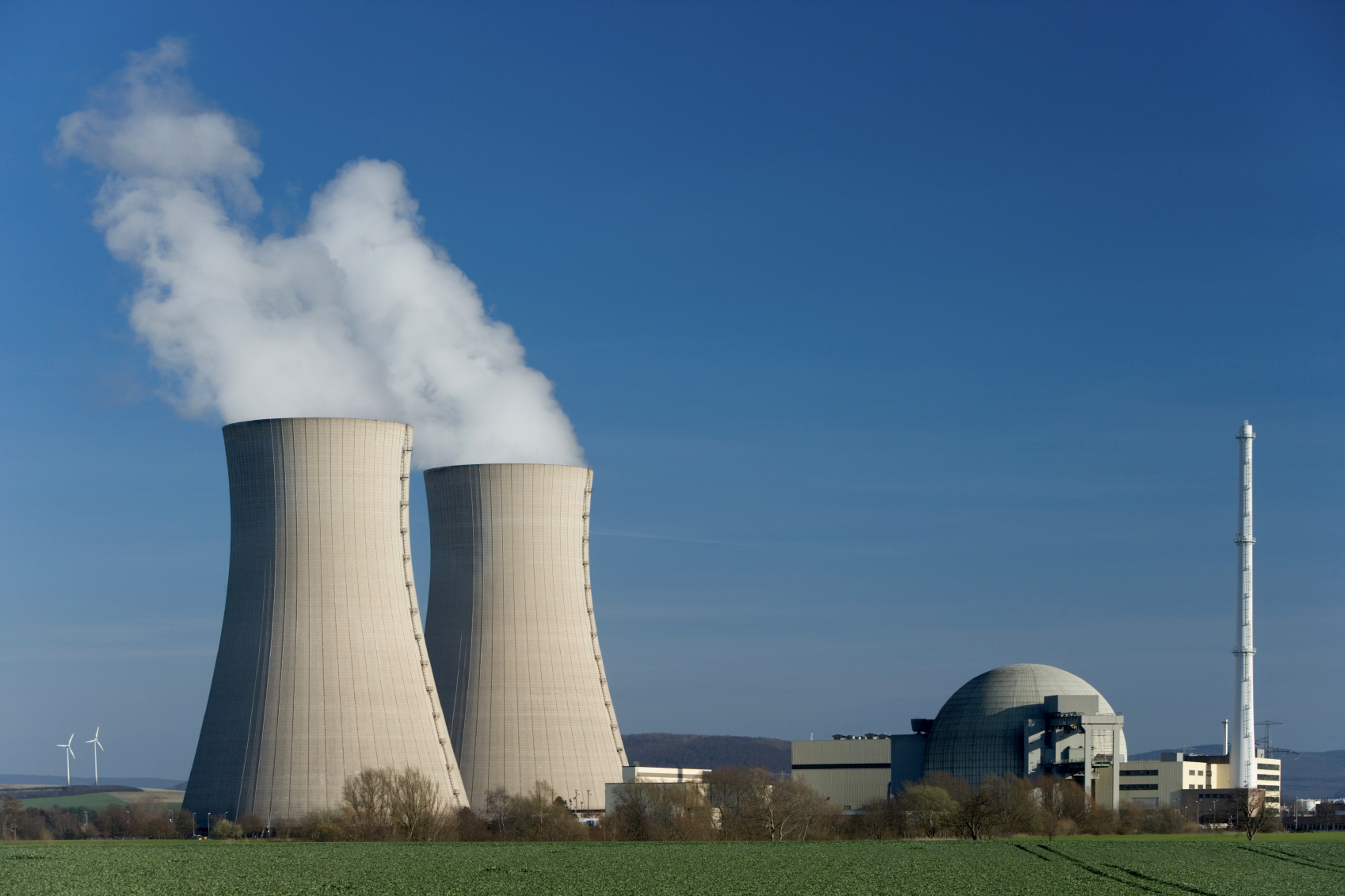
The Private Sector’s Role in Climate Change
There is no question that climate change poses serious long-term economic and security dangers. Dealing with the effects of climate change will become more expensive as time goes on because it will become more difficult to mitigate and adapt to the consequences of a warming Earth. To prevent us from getting to that point, it is necessary to scale-up financing of climate and clean energy related investments.
At last month’s climate summit at the UN headquarters in New York, where, in the midst of a “climate march,” world leaders got together and made unprecedented strides an acknowledging the work the international community has to do to combat climate change. Many leaders got together and pledged funds and commitments to reducing carbon footprints.
The largest impediment to transitioning to clean energy and a low carbon economy is the financing that’s available for various clean energy projects. Despite the dashed hopes at Copenhagen Climate Change Conference in 2009, which many agree ended in failure, one positive thing was the creation of a “Green Climate Fund,” the purpose of which to help developing countries finance their transition from fossil fuels and develop their own clean energy economies.
At the recent Climate Summit, seven countries pledged $1.3 billion to the Fund, with France leading the way in pledging $1 billion. However, this is significantly short of the goal which is set to gather another $10 billion to $15 billion by December.
Other mechanisms for funding have been proposed, but they all fall short of catalyzing the investment necessary to properly transition because it has been difficult to get the necessary commitment from the world’s richest countries. Even though the United States spends about $359 billion a year on clean energy projects and low-carbon development, it is estimated by the World Bank that investments may need to reach anywhere between $700 billion a year to $1 trillion a year to make a transition that would avert the dangers of global warming.
The key in achieving financing goals is to leverage the private sector’s wealth and directing their efforts towards climate finance. The failure at the Copenhagen Summit was the fact that many leaders sidelined businesses and private interests because it was assumed they would not contribute. However, a growing number of executives are realizing that their business interests align with the goal of curbing global warming. Businesses understand that the cost of operations will only increase as global warming accelerates, not to mention the effect that social unrest as a result of climate change has on consumer practices.
There are several ways that the private sector is getting involved. For example, at last month’s summit, more than 30 CEO’s even outlined how their companies are going to internalize the cost of carbon output; banking and insurance industries have committed to increase their green investments by tens of billions of dollars; and a group of global investors are now seeking to divest their holdings from fossil fuels in the coming years ‑ including the Rockefeller Brothers Fund, whose wealth was created by John D. Rockefeller, founder of Standard Oil!
If governments won’t commit more funding, then the least that can happen is to create conditions that would facilitate climate financing from the private sector. One possible method would be to remove subsidies for fossil fuels to make it a less attractive investment for investors. Another would be to pass laws that would require a shift to green energy technologies, either by putting a price on carbon or by implementing energy efficiency requirements.
Morocco is an excellent example of a country that facilitated investments. According to the World Bank, the country adopted a target for 42 percent of its energy to come from alternative energy as well as stipulating a 12 percent increase in energy efficiency, both by 2020. As a result, clean energy investment grew from $287 million in 2012 to $1.8 billion in 2013. Other developed countries need to emulate this model if they want to accrue the type of investments that are necessary to combating climate change.






[…] The Private Sector’s Role in Climate Change Farhad Mirzadeh […]